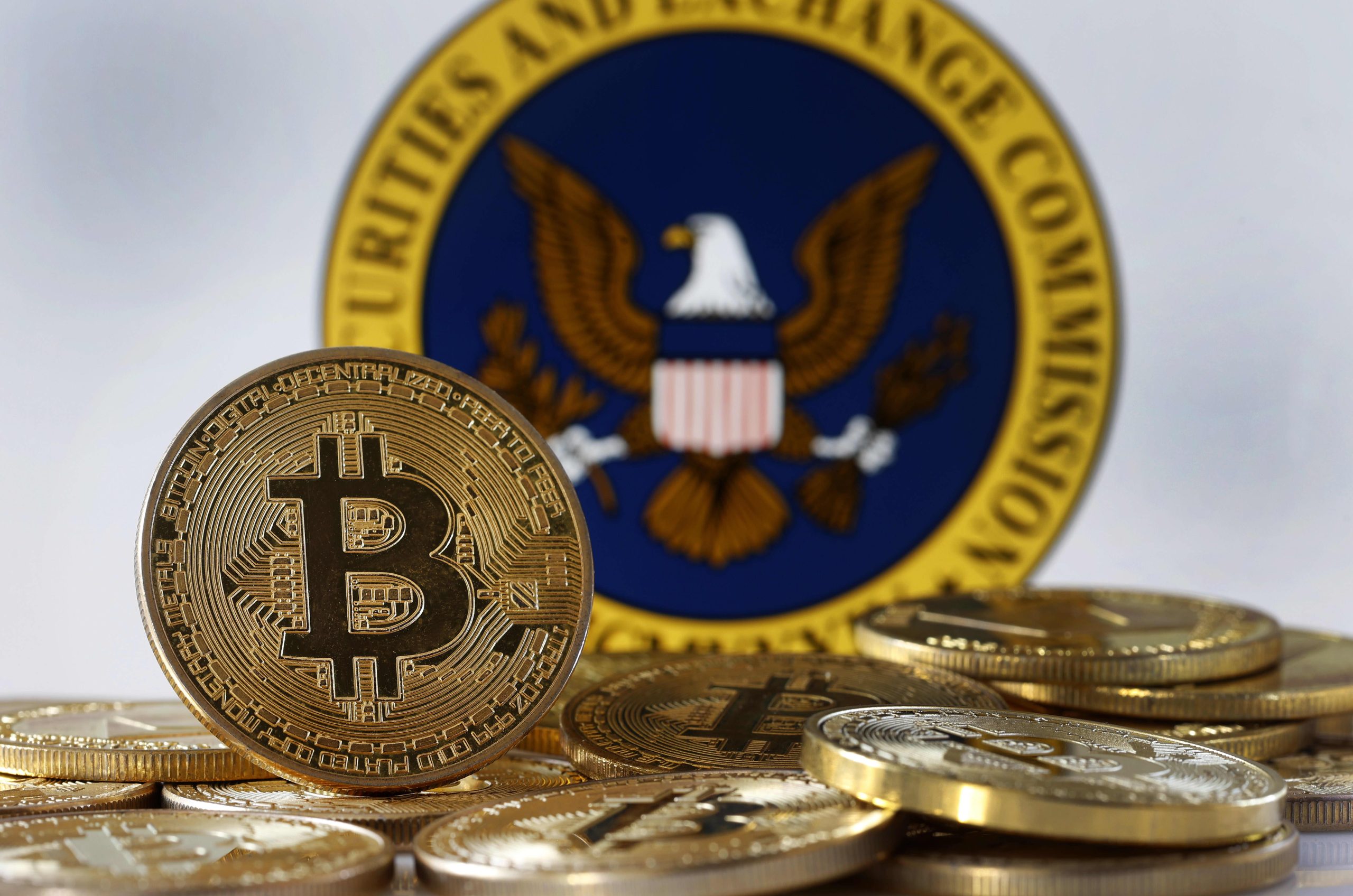Cryptocurrency Margin Trading
Margin trading is when an investor or trader borrows money from an exchange to buy securities. The purpose of margin trading is to allow a trader to buy more securities than he or she would ordinarily be able to buy with the capital they have access to. When a trader trades “on margin,” he or she essentially is trading on a loan given to them by the exchange.
Margin trading is something that is commonly done on wall street. Many traders trade on margin to buy more shares of stock, more bonds, or more other types of securities than they can afford to with their cash reserves.
Why do Exchanges Lend Money to Margin Traders?
Exchanges lend money to margin traders because exchanges can profit from this form of lending. This is because exchanges typically take commissions on every single trade. Also, as money borrowed on margin is essentially a loan, most brokerages and exchanges charge interest for margin lending. In this way, exchanges can profit from margin trading by collecting interest on the margin amounts, while also having increased commissions due to higher trading volumes.
Despite the fact that exchanges have to loan money for margin trading, it is often worth it for them to do so due to the increased profits that they can generate from it. Margin profits can be quite significant considering the fact that many investors invest millions of dollars.
What are the risks of margin trading?
Margin trading can be considerably risky for traders. This is because the prices of securities can go down dramatically without warning. Basically, traders who borrow money on margin to make investments risk losing the money that they borrowed on margin. This happens when the price of the stocks, bonds, etc., bought on margin goes down.
For example, if a trader bought a stock for $1,000 on margin, and if that stock price dropped to $700, then the trader will have lost $300, and will still owe the $1,000 plus interest that they borrowed from the exchange. When a trader invests their own cash, and then borrows money to trade on margin, they risks losing all of their own money that’s invested, plus all the money that they borrowed. Trading on margin enhances a trader’s risk exposure substantially, however, it also creates an opportunity for more profit if the securities go up in value.
On the other side, exchanges also increase their risk when they lend money to be used for margin trading. This is because when they lend money, they are taking a chance that that money will not be repaid. An exchange’s risk is reduced because the securities themselves are often required to be used as collateral by investors before exchanges will lend money to them. That means many exchanges reserve the right to keep the stocks, bonds, etc., until the margin loan amount is repaid by the investor.
Ultimately, it is up to the individual exchange to determine whether or not they would like to allow margin trading, and if so, what the limits are. For example, some exchanges will only allow 30% of the price of a security to be bought on margin, some will only allow 20%, and others will allow even smaller or larger amounts.
How Does Margin Trading Apply to Cryptocurrencies?
Margin trading applies to cryptocurrencies in the sense that some cryptocurrencies are now allowing investors to trade on margin. At this time, the number of crypto exchanges that are willing to allow margin trading are limited. Importantly, Coinbase, one of the leading cryptocurrency exchanges is now allowing investors to trade on margin.
Even though Coinbase is now allowing margin trading, it is only allowing it for some of its clients. In most cases, Coinbase will only be allowing institutional investors and high networth individuals to trade cryptocurrencies on margin. Coinbase also has some requirements for clients that want the ability to trade on margin.
Corporations who would like to trade on margin at Coinbase will have to validate that their corporation is worth more than $1 million. Individuals who would like to conduct margin trading on the site will have to prove that they have at least $5 million invested. So, the people who can trade on margin on Coinbase is very limited for right now. However, this could change soon.
Coinbase is not the only cryptocurrency exchange that allows for margin trading. There are others, including Poloniex, Bitfinex, BitMEX, and more. So there are currently a number of options out there for people who would like to trade cryptocurrencies on margin. Further, margin trading is not just limited to Bitcoin. Many of these exchanges allow for the margin trading in a variety of altcoins as well.
Significance of Cryptocurrency Margin Trading
The significance of cryptocurrency margin trading is that it makes cryptocurrency investing a lot more inviting to institutional investors and Wall Street types who are used to trading on margin for stocks, bonds, and other securities. The cryptocurrency asset class is still very new so the infrastructure for them is still being formed.
Developing margin trading was a major step forward for the world of cryptocurrencies. It makes cryptocurrencies a lot more legitimate in the eyes of many traditional investors, and it could potentially bring in new investors or traders. This could help the cryptocurrency industry to grow even larger. The overall market cap for cryptocurrencies has been growing steadily since Bitcoin was created in 2009.
What is a Margin Call?
A margin call is a notification from an exchange which lets a trader know that the margins on his or her positions are approaching dangerous levels, and that his or her margin holdings are at risk of being sold by the exchange. This happens when the ratio of margin holdings to regular holdings bought with cash becomes too high. The most common trigger for a margin call are sudden market drops.
If a margin call occurs, then the trader will often have a relatively short amount of time to remedy the situation. However, if he or she does not do so, then the exchange may start selling the margin assets on the trader’s account in order to reduce its risk. Margin calls happen very frequently on Wall Street and with stock exchanges. Now, they will most likely become commonplace for cryptocurrency exchanges that offer margin trading as well.
In fact, margin calls may occur more frequently on cryptocurrency exchanges than they do on stock exchanges because cryptocurrencies tend to be especially volatile in terms of price fluctuations.
Which Cryptocurrencies can be Bought on Margin?
Bitcoin is the easiest cryptocurrency to be bought on margin because there are a number of exchanges that offer Bitcoin margin trades. It is also possible to buy altcoins such as Dash, Ethereum, Litecoin, Iota, Ripple, Cardano, Stellar, and others on margin. Poloniex is the primary exchange for altcoin margin buying at the moment, so if you are interested in trading altcoins on margin, then Poloniex is currently one of the best options.
However, if Bitcoin margin trading goes well on other cryptocurrency exchanges such as Coinbase, Bitfinex, and BitMEX, then many more could soon offer altcoin margin buying as well. If this happens, then it could dramatically increase the amounts of digital currencies that are bought and sold per day around the world.
Is Margin Trading a Good Cryptocurrency Investing Strategy?
Margin trading for cryptocurrencies is not necessarily a 100% good or a 100% bad investing strategy. Whether or not margin trading is a good decision or not depends largely on the situation of the investor and their experience with trading cryptocurrencies. Margin trading is a better decision for experienced traders who are either already wealthy, or who are trading on behalf of a company that has a lot of cash reserves with high risk tolerance. This is because experienced traders are less likely to make mistakes, and having excess wealth on hand can be crucial to paying off margin loans if something catastrophic happens.
Trading beginners should be very wary of margin investing because some exchanges allow for very high margins, and if you buy too many cryptocurrencies on margin, you could be exposing yourself to a huge amount of risk. If there is a market crash or big correction, it could result in you not only losing all of your assets, but also owing the exchange money. This is a very unpleasant prospect.
Most of the time, margin trading is not recommended for beginners or for people who have a low net worth. It could be a decent move for those with a medium or high level of experience as long as they do not let the margins get too large, and as long as they do not buy too many cryptocurrencies at once.
Final thoughts
Margin trading for cryptocurrencies is very exciting for many people because it represents the progress that cryptocurrencies are making on their journey towards mainstream acceptance. In this way, margin trading is similar to futures trading, and the increasing merchants’ acceptance of cryptocurrencies. All of these things are helping cryptocurrencies to move past the obstacles in their way toward wider adoption.
It is extremely likely that many institutional investors and high net worth individuals will begin trading cryptocurrencies on margin. These people can handle the risks, and many of them have the experience necessary to be able to safely use margin trading to their advantage. However, although it is very likely that many people will be able to profit handsomely from cryptocurrency margin trading, some will undoubtedly lose a significant amount of money from it.
For this reason, if you are thinking about trading cryptocurrencies on margin, then it may be worth your while to get a lot of practice in before you start. There are investing courses that you can take, as well as stock market simulators which can help you practice buying assets on margin. The more experience that you have before you start buying assets on margin, the less likely you will be to make moves that are devastating for your financial well-being.
Regardless of a person’s experience, margin trading for cryptocurrencies is now a reality, and it looks like this investing option could be here to stay for a long time.





